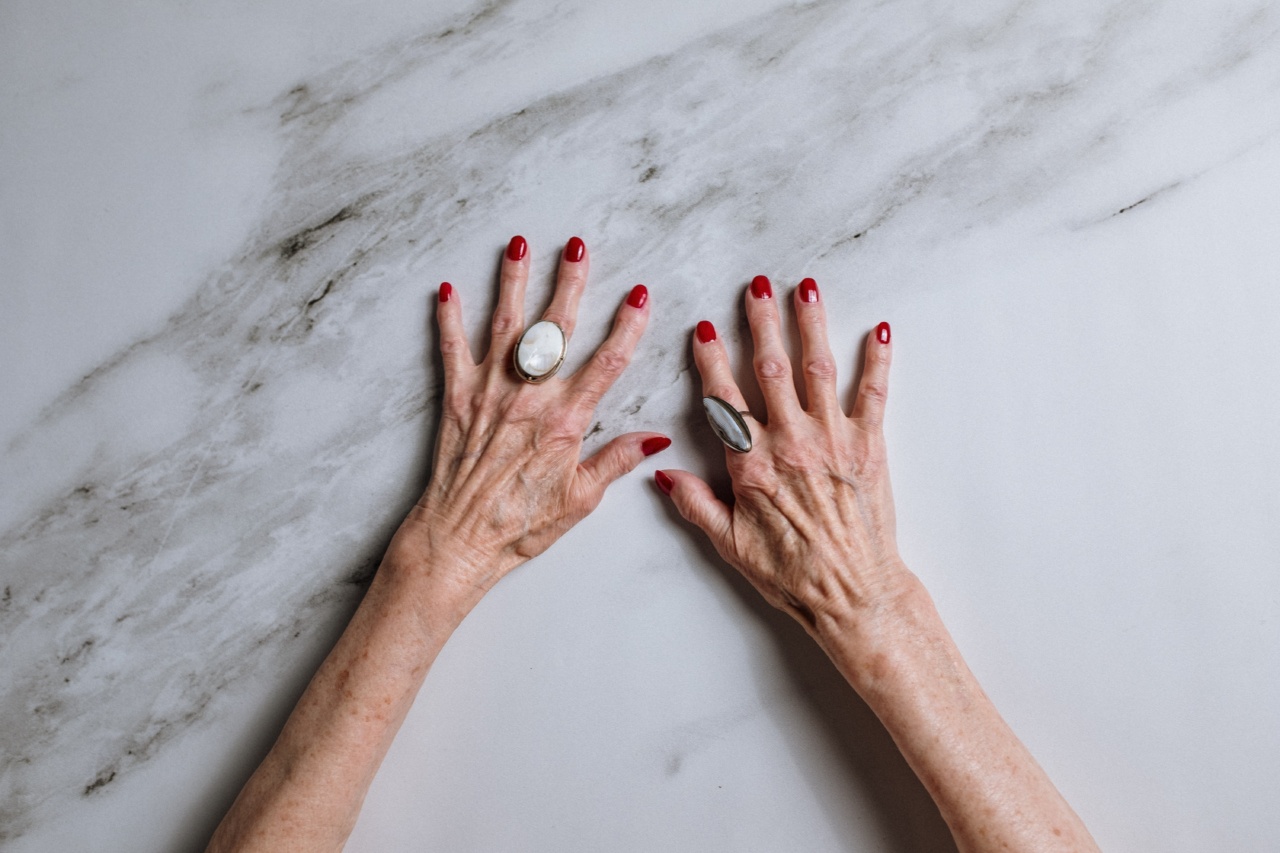As we age, our skin undergoes a number of changes including thinning. This process is a natural part of aging but can also be influenced by other factors such as sun exposure and genetics.
Understanding the thinning of the skin can help us take better care of our skin and ultimately slow down the aging process.
What is thinning of the skin?
Thinning of the skin, also known as skin atrophy, is a natural part of the aging process. As we get older, the layers of our skin gradually become thinner, making it more fragile and prone to injury.
This is because the collagen and elastin fibers that provide structure and support to the skin decrease in quantity and become less elastic. Additionally, the fatty layer beneath the skin also thins out, reducing the amount of cushioning and protection that the skin has against injury.
What are the signs of thinning skin?
One of the most noticeable signs of thinning skin is increased transparency. The skin may also become more delicate and prone to bruises, tears, and cuts. In addition to this, thinning skin can also cause wrinkles, age spots, and thin, sagging skin.
What causes thinning skin?
The primary cause of thinning skin is aging. However, other factors can also contribute to the process. These include:.
- Sun exposure – Excessive exposure to the sun’s UV rays can damage collagen and elastin fibers, causing them to break down more quickly and leading to thinner skin.
- Genetics – Some people may be predisposed to thinner skin due to genetic factors.
- Hormonal changes – Changes in hormone levels that occur during menopause can lead to thinning skin.
- Medical conditions – Certain medical conditions such as diabetes and autoimmune diseases can cause thinning skin.
How can you prevent thinning skin?
While thinning skin is a natural part of aging, there are steps you can take to slow down the process and keep your skin healthy:.
- Avoid excessive sun exposure – Wear protective clothing and use sunscreen when you are in the sun.
- Eat a healthy diet – Eating a well-balanced diet with plenty of fruits, vegetables, and lean proteins can help keep your skin healthy.
- Maintain a healthy weight – Carrying excess weight can put a strain on your skin, making it more prone to injury.
- Take care of your skin – Use gentle skin care products and moisturize regularly to keep your skin hydrated and healthy.
Treatment options for thinning skin
If you are experiencing thinning skin, there are treatment options available:.
- Topical creams – Prescription creams containing retinoids or vitamin C can help stimulate collagen production and reduce the appearance of wrinkles.
- Laser resurfacing – Laser resurfacing can help improve skin tone and texture and stimulate collagen production.
- Injectable fillers – Injecting fillers such as hyaluronic acid can help plump up thinning skin and reduce the appearance of wrinkles.
Conclusion
Thinning skin is a natural part of the aging process, but there are steps you can take to slow down the process and keep your skin healthy.
By avoiding excessive sun exposure, eating a healthy diet, maintaining a healthy weight, and taking care of your skin, you can keep your skin looking healthy and youthful for longer.































